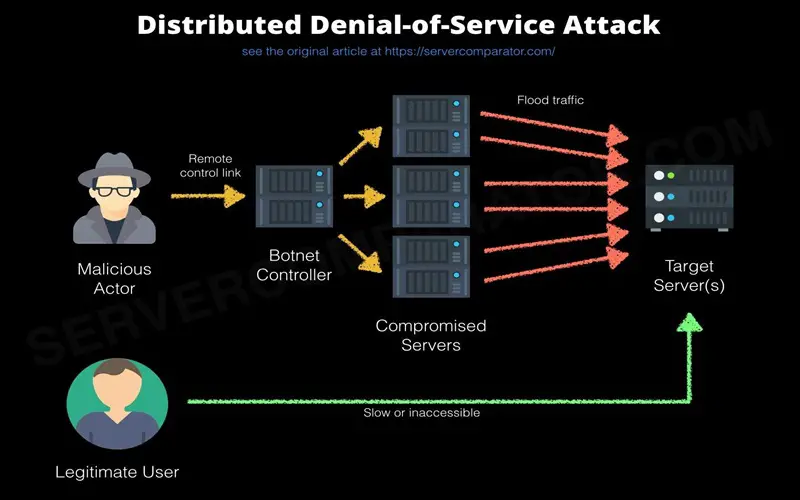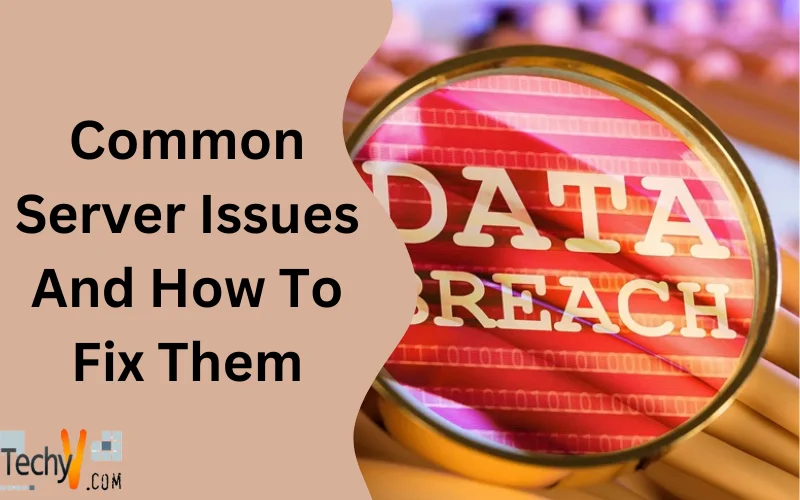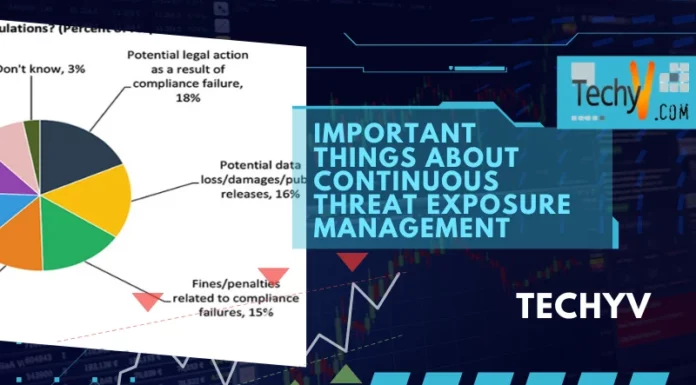To maintain a competitive edge, it is crucial to have a properly operating business server and the ability to resolve issues. When a company starts experiencing internal server errors, it significantly impacts the activity of employees and customers negatively. It could ultimately reflect poorly on the business as a whole. Common server problems, such as downtime, data loss, security threats, or hardware malfunctions, can cause significant disruptions in daily operations, even damaging long-term effects.
1. Hardware Damage
A properly operating business server and the skills to resolve issues and potentially maintain a competitive edge. When a company encounters internal server errors, it is a crucial tasks for both employees and customers ultimately tarnishing the overall operators of the business. Frequent server issues like downtime, data loss, security vulnerabilities, or hardware malfunctions can significantly disrupt daily operations, leading to detrimental consequences in the long run.

2. Motherboard Damages
To avoid encountering issues with the server, it is crucial to regularly update the hardware and firmware to ensure perfect performance. Overheating and power outages are common culprits that can lead to motherboard damage. Additionally, it is essential to acknowledge that every device has a limited lifespan, and sometimes, the server problem may simply be due to the device reaching the end of its life. Resolving motherboard failures can be challenging, often requiring specialized knowledge and tools for repair or replacement. It is not uncommon to misinterpret motherboard problems as other hardware issues.

3. Dust And Temperature Interference
Dust and high temperatures can interrupt server operations. It can cause delays or absolute system failure. Additionally, the collection of dirt on servers can encourage overheating, which may harm internal components and low performance. Inadequate air conditioning in a server room can contribute to overheating, resulting in hardware malfunctions or other issues impacting server performance.
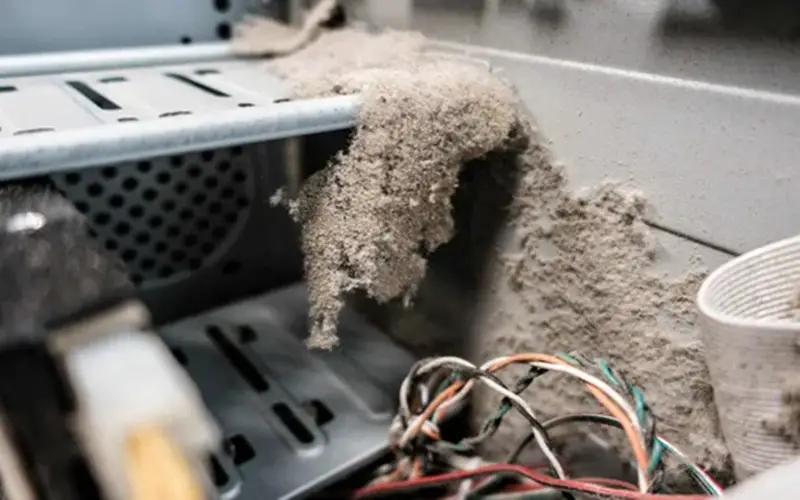
4. Failure In Backup
Backing up data loss can act as a lifesaver. A backup that stays up-to-date backup, reduces the impact of obstacle and fast the process. There is a situation where these systems can occasionally break down due to the backup stored on the same server, in cases like these the quality of the backup options available today shouldn’t be a concern. You must ensure that you have enough storage for all backup copies you require.

5. Power Outages
Failure of power source can lead to server breakdown or complete shutdowns. These breakdowns can occur due to inadequate power supply from the source or defective connection between the power cable and the server. To resolve this problem, it is necessary to implement an alternative power supply, such as an uninterruptible power supply (UPS), to ensure stable energy delivery regardless of the circumstances.
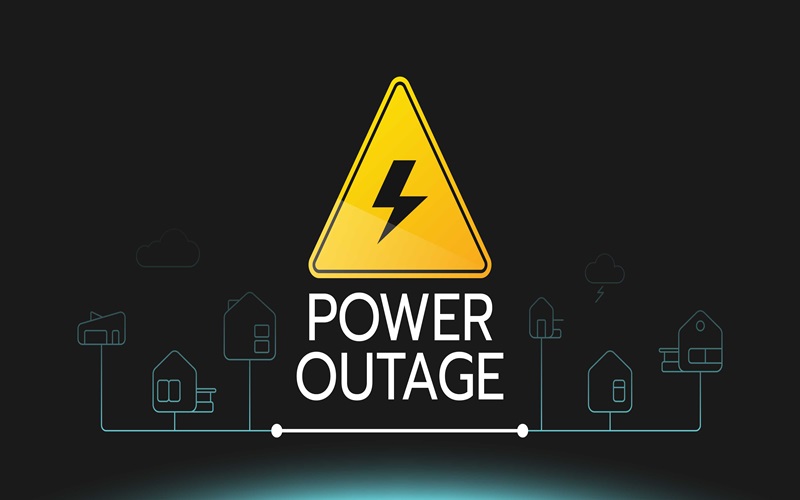
6. Cyber Attacks And Viruses
To safeguard server and business data, as well as cybersecurity protocols, cybersecurity measures must be put in place. Creating an internal security plan for cyber security services is a viable option that offers excellent protection are both viable options. Failure to address cyber-attacks and viruses promptly can lead to detrimental consequences such as data loss, operational slowdowns, or even complete system shutdowns.
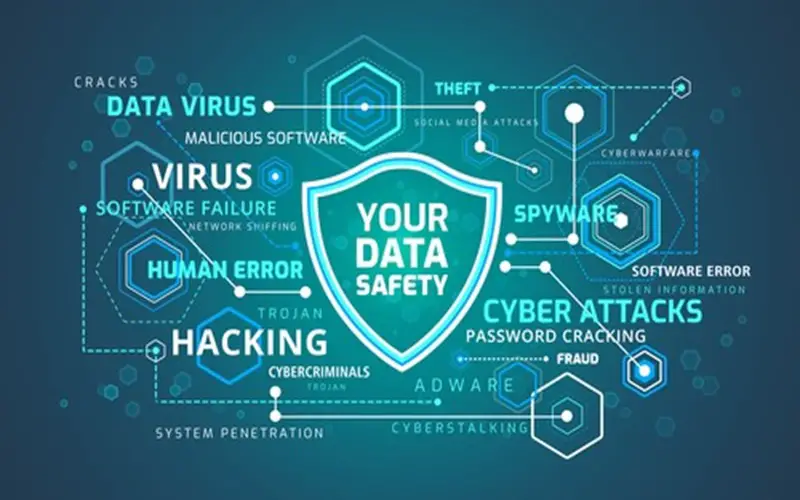
7. Human Errors
Cybersecurity protocol is crucial to protect your servers and business data effectively. Acquiring a reputable cyber security provider is another way to ensure protection for your business. Neglecting to address cyber-attacks and viruses promptly can result in data loss, system slowdowns, or even complete shutdowns.

8. Security Breaches
The use of dedicated services can lead to harmful by hackers and subjected to vicious attacks. The use of weak passwords, absence of a firewall, and inadequate security protocols are common vulnerabilities. In conjunction with these measures, conducting periodic security audits is crucial to detects and addresses potential vulnerabilities.
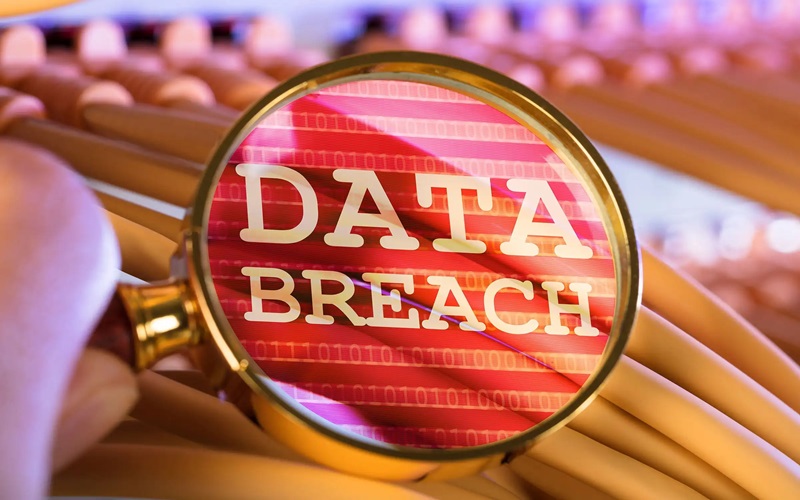
9. Poor Configuration
It is essential that configuration changes you make be tracked and, if possible, tested in a different environment. Inadequate server configuration can result in several issues, from poor performance to complete failure. If you have a hosted server, technical support is always available to assist you with your configuration requirements.

10. DDoS Attacks
A Distributed Denial Of Service (DDOS) attack is designed to overload your server with excessive requests, ultimately leading to its failure. It means that to detect and stop harmful patterns, traffic analysis and rate limitation techniques must be used.
